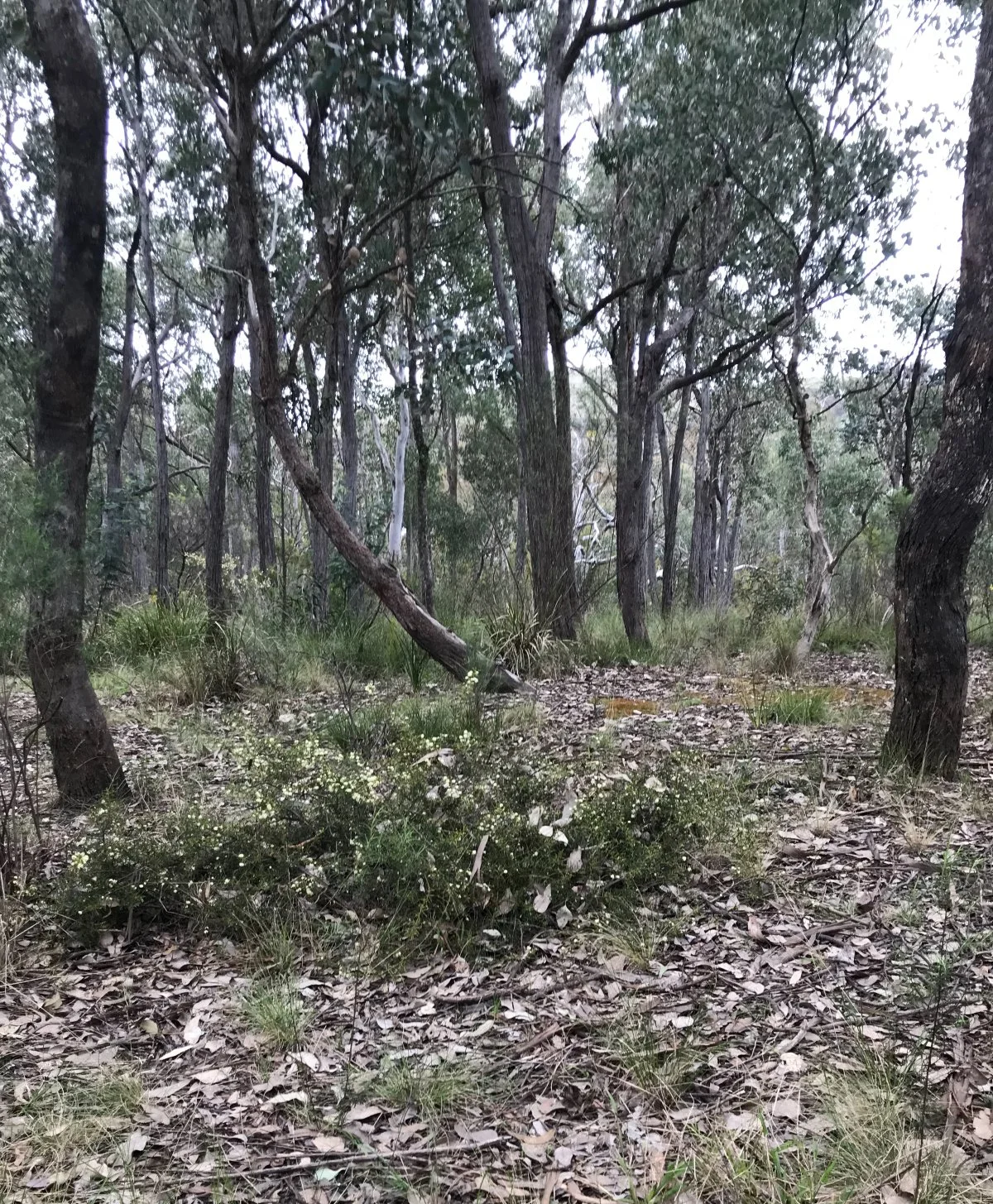Grounds
The maintenance of all aspects of the common property at Wybalena Grove is a responsibility of the Executive Committee (EC). In that role, it is has been assisted traditionally for landscape matters by a Grounds Coordinator who has acted as a point of contact for residents and our grounds maintenance contractor, advising residents on planting, tree maintenance, and generally monitoring the common property. At the time of writing in 2025, Michael Jensma and Nicki Taws are sharing that role. If you have a suggestion or request, please direct it to the EC plus Grounds Coordinator via the landscape@wybalenagrove.net.au address.
The Cluster Representatives on the EC can advise on lighting, plumbing and similar services. Day to day operation of the community garden is managed by a subcommittee of gardeners as described in Appendix D of the Information Booklet.
As set out in Rule 30, the EC arranges maintenance of the shared common property carports and then bills the users of the carports to recoup the cost to the Owners Corporation.
Wybalena Grove Grounds
Wybalena Grove is unique among Canberra’s urban developments in that areas of relatively intact native vegetation have been retained within the common grounds. These areas are important in maintaining the character of the Grove and in preserving examples of the original native vegetation.
These patches of remnant native vegetation are of two distinct types:
Dry sclerophyll forest
Dry sclerophyll forest is typical of ancient stony soils on hills and ridges, such as in Aranda Bushland red box forest area and Black Mountain Reserve. The best example in the Grove is ‘the forest’ (Zone L) with a smaller patch in Cluster E between the carparks P2 and P4, and a small patch south of Cluster C.
he main tree species are Red Stringybark and Red Box. The most common understorey plant is the tussocky Forest Wallaby Grass, although many small grasses and herbs can be found between the tussocks, and in Spring orchids and lilies become apparent.
Grassy woodland
Grassy woodland was once very common on the more fertile soils of the plains and lower slopes of the ACT. These woodlands have now been cleared for urban and industrial development to the point where the remaining intact remnants have been listed as a Threatened Ecological Community in the ACT. Yellow Box, Blakely’s Redgum and Apple Box are the main tree species, and the best examples of this vegetation type in Wybalena Grove are the woodland from the entrance to the village green, and a patch near the playground at the western edge of Cluster E.
The natural understorey of this type of woodland is comprised of native grasses, particularly Kangaroo Grass, and many small herbs including orchids and lilies, however because the woodlands grow on more fertile soils they are particularly prone to weed invasion once disturbed.
Management of these areas of remnant native vegetation in Wybalena Grove aims to conserve their natural values. Specific management actions carried out by the grounds contractor include weed control and reduction of fire hazard where appropriate.
Other areas of common ground where no original vegetation was retained have over the years been replanted with native grasses, particularly Kangaroo Grass. This summer-growing grass retains green leaves through most of the fire season, and once established is drought-tolerant, but can be easily damaged by vehicle traffic. The best examples are the large grassland to the north of Cluster A, and between the village green and Cluster E. These grasslands are left to seed and only mown after Christmas when the seed has dropped.
Wybalena Grove Development Framework
In 1984 the Wybalena Grove Development Framework (PDF, 124kb) was considered and accepted. This document defined policy and practices to be followed for the management of the property. It includes a wide range of topics - landscaping philosophy, planting policy, a detailed description of each of the common property zones, pathways, service access design and residential design.
